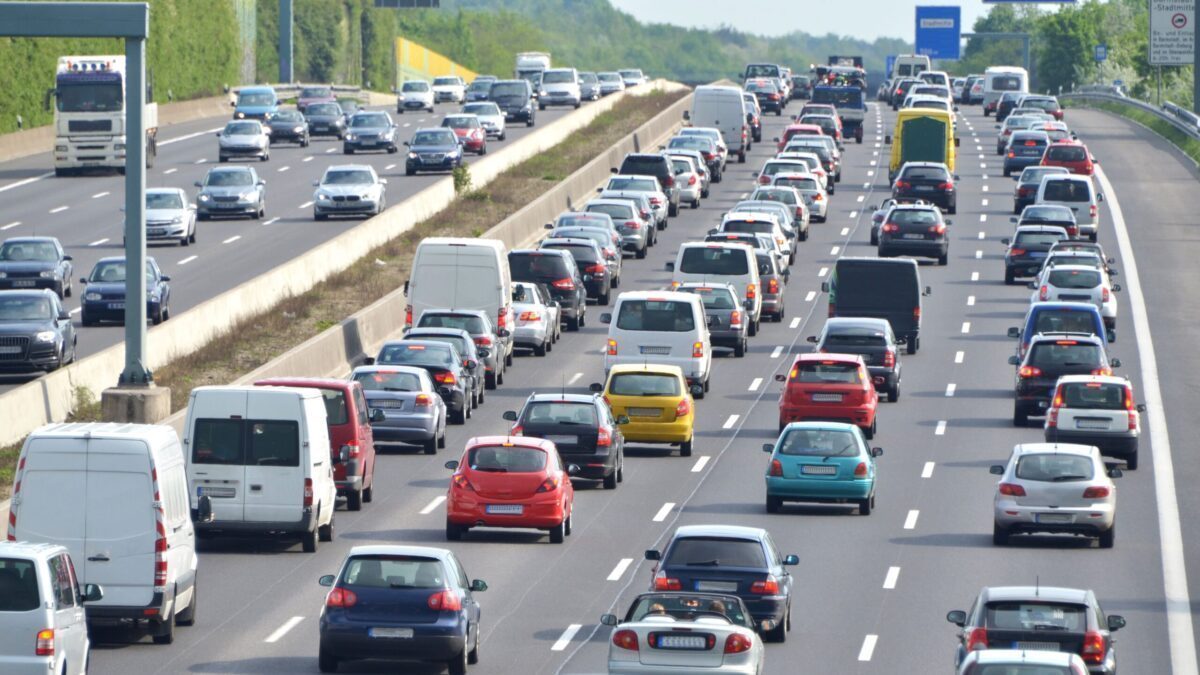
How well prepared are European countries for the ramp-up of e-mobility? Based on the three major challenges of generation, infrastructure and flexibility, the Institute of Energy Economics at the University of Cologne (EWI) investigates the question of how well prepared different countries in Europe are for electromobility, the “EV Preparedness”, with the newly developed “EWI EV Preparedness Index”.
Konstantin Gruber, Research Analyst at the EWI, presented the first results at the EWI Insights digital event on “Ramp-up of alternative powertrains in the transport sector: hydrogen and electromobility”. While Norway and the Netherlands are best prepared due to a nationwide charging infrastructure and good conditions for flexible charging, there is a some catching up to do in Germany: “In Germany, the regulatory incentives as well as the technical conditions for flexible charging are currently lacking in particular,” says Philip Schnaars, Senior Research Consultant.
“The expansion of the charging infrastructure needs to be accompanied by a regulatory fit,” says Research Associate Hendrik Diers in his presentation on “Regulatory barriers to the development of public charging infrastructure in Germany”. Until now, the ramp-up of normal and fast charging infrastructure has been considered separately.
There are regional monopolies in the market for normal charging points, often due to municipal allocation procedures. These favor regional providers, strengthening their market position. “In the future, it is important to enable more competition through improved procurement procedures,” says Diers. “In addition, regional market position should be taken into account when awarding space in the fast charging station market.”
Research Associate Patricia Wild presented how hydrogen applications are faring in the transport sector, using examples from the analysis “H2 Förderkompass – Kriterien zur Förderung von Wasserstoffanwendungen für den Markthochlauf“. In the mobility sector, electrification partly dominates as a solution for decarbonization, especially for passenger cars and light commercial vehicles. “However, we also expect a demand for hydrogen in the transportation sector – even in the short and medium term during the hydrogen market ramp-up phase,” Wild said.
She said this is especially true for heavy-duty transport, train lines without overhead infrastructure, and commercial vehicles such as public transport buses and waste trucks. These hydrogen applications already have a high level of technology maturity and could therefore play a role in the market ramp-up phase, Wild said. However, for a significant CO2 avoidance, a fast scaling of hydrogen use in the individual applications is necessary.